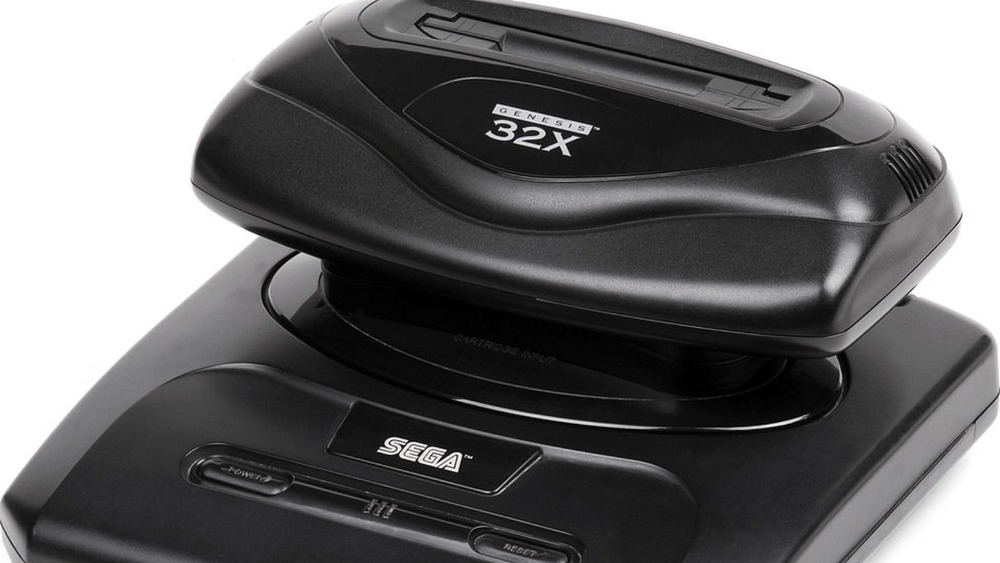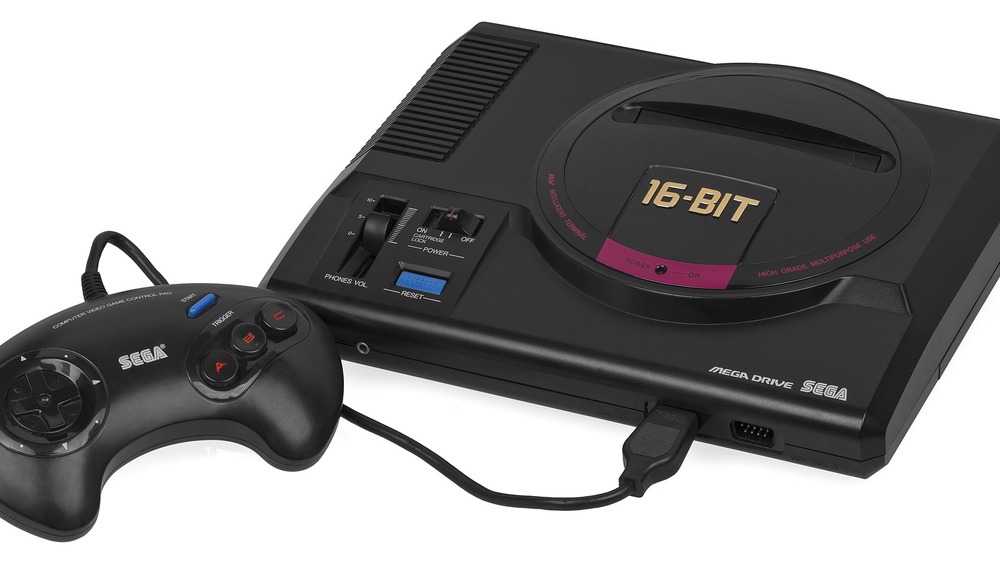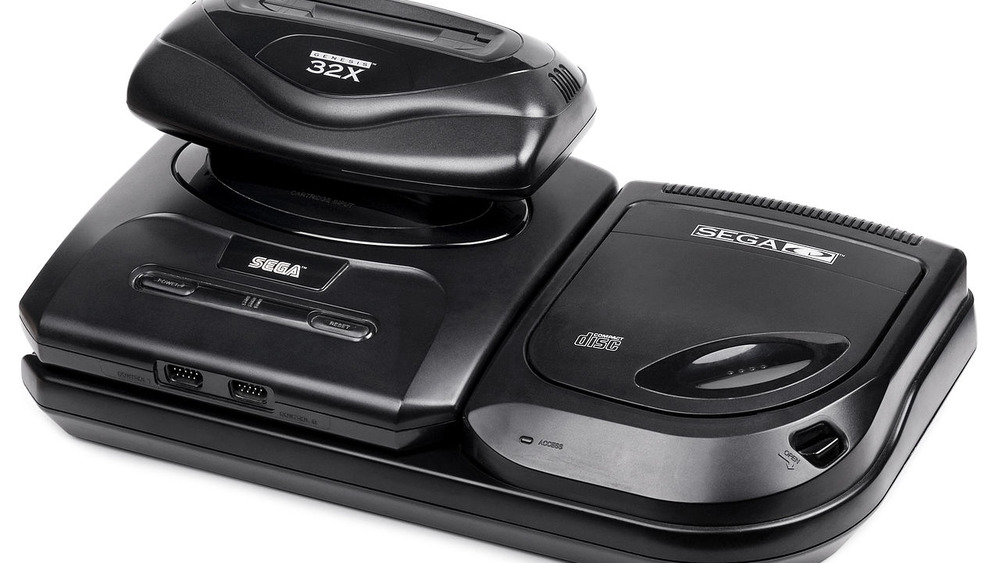This Is Why Sega's 32X Was A Complete Disaster
In the mid-'90s, the console wars were in full swing. Nintendo had established a dominant lead starting in 1983 with the Nintendo Entertainment System and seemed poised to maintain it when the Super Nintendo started strong in 1991.
Nintendo's main competitor in the pre-2000s era, Sega, wasn't content to stay in second place. The SEGA Genesis launched in North America in 1991, alongside aggressive advertising that sold the Genesis as a cooler, more robust system. Sega's efforts succeeded more than anyone imagined, and by 1992, the company claimed a significant portion of the video game market in North America.
Eager to enlarge its player base, Sega looked for ways to expand its consoles, first trying to accessorize the Genesis and provide functionality that the Super Nintendo couldn't. Sega's early attempt, the Sega CD, was a moderate success, so the company started to look towards the future. However, worried about the time table for its next system, the Sega Saturn, Sega pushed ahead with one of the most ill-fated pieces of console hardware of all time, the Sega 32X, which would end up being remembered as a complete disaster.
Cross development stunted the Sega 32X's growth
The Sega 32X was born from nervousness surrounding whether the Saturn would arrive on time for its planned 1994 launch in Japan. The Genesis had become a massive success in North America and Europe, while the Super Nintendo still outperformed it in Japan. That meant that Sega was making most of its revenue from the North American Genesis sales.
While the industry was shifting towards 32-bit systems, Sega was unwilling to give up on the 16-bit Genesis that was driving sales. Marty Fran, Sega's vice president of technology, said, "The 32X was going to add additional life to the 16-bit Mega Drive (Genesis) market." Sega hoped to bridge the gap until the Saturn's eventual release and keep the company in the black.
However, Scot Bayless, senior producer at Sega of America at the time, recalls that this move lead to multiple frustrations. The first of these was a simple lack of resources. Bayless says, "The systems used many of the same parts, so suddenly 32X was facing shortages because chips were needed for Saturn." The other big problem? Convincing developers to make games for a system that would be obsolete when the Saturn launched.
Bad timing and clunky architecture doomed the Sega 32X
Despite resource obstacles, the Sega 32X made it to North American stores on time in Nov. 1994. Unfortunately, the Sega Saturn also arrived on time, shipping simultaneously in Japan.
While the Sega Saturn wouldn't arrive in North America for another six months, Sega of America now had the unenviable task of selling hardware that would be outdated within the year. While advertising tried to position the Sega 32X as a transitional device, Bayless remembers, "It just made us look greedy and dumb to consumers, something that a year earlier I couldn't have imagined people thinking about us."
It didn't help that the Sega 32X actively made the Genesis less fun to use. The Sega 32X connected to the Genesis through the cartridge port on the top. No matter how cool Sega tried to make their advertisements appear, the 32X looked like a mushroom emerging from the top of the expensive console and it required a second power source. Genesis owners even had to option of attaching the Sega CD to their Genesis simultaneously — assuming they had three available outlets available to power each device. Overall, the rollout of the system was fraught with mistakes and poor timing.



